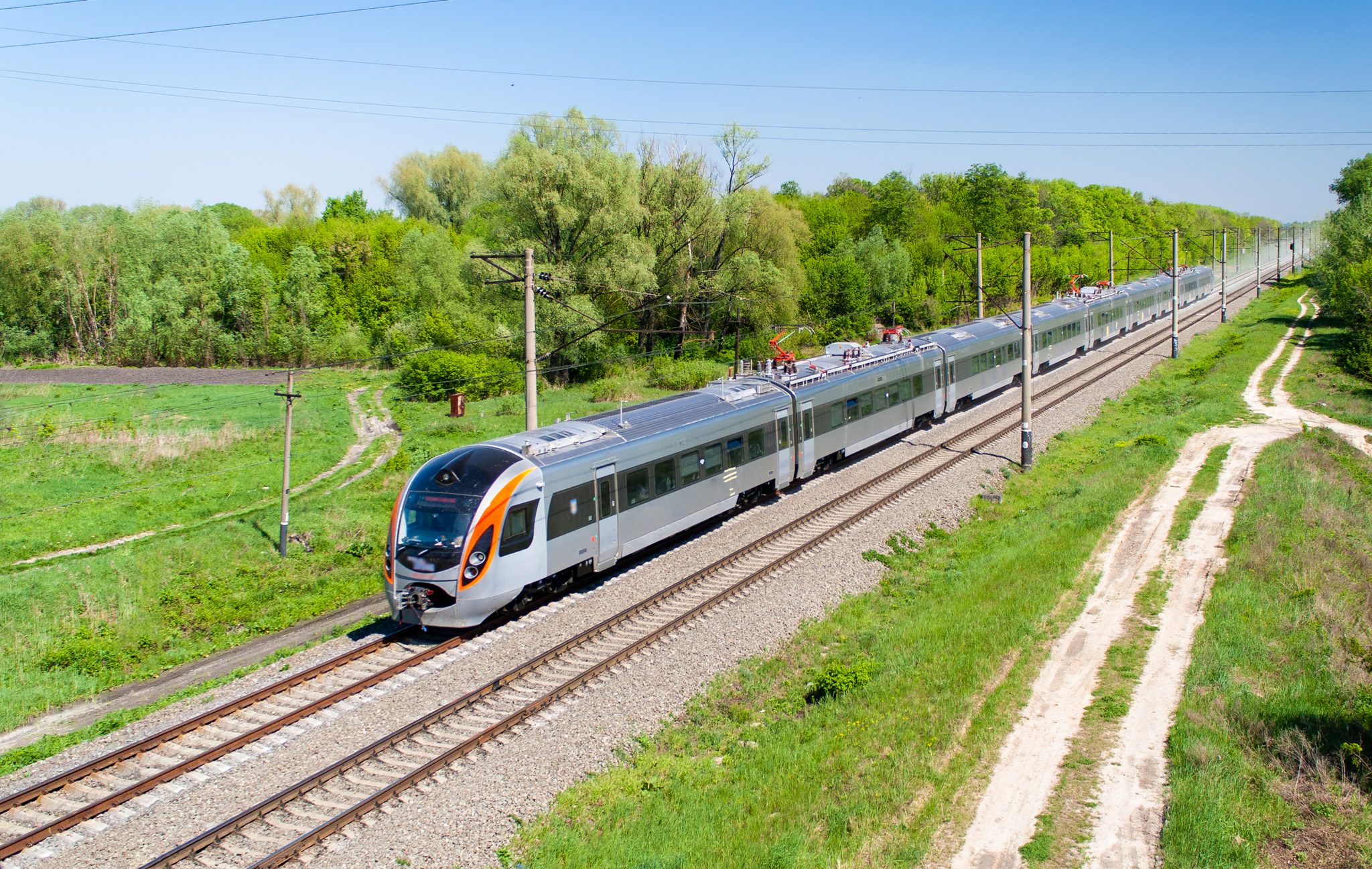
Demand modelling for S2CW and S2B Strategic Business Cases
End client
Transport for New South Wales
Location
Transport for New South Wales commissioned VLC to deliver public transport forecasts to assist with the Strategic Business Cases (SBCs) of two Faster Rail corridors: Sydney-to-Central-West, from Sydney to Parkes and Dubbo, and Sydney-to-Bomaderry.
Client requirements
Transport for New South Wales commissioned VLC to use two of the State-owned model to deliver forecasts for Strategic Business Cases.
- For the S2CW corridor, VLC updated and refined the Regional Travel Model (RTM) to make it fit-for-purpose for the analysis carried out at the SBC stage. VLC then used RTM to test scenarios associated with various level of service and land-use in the corridor.
- For S2B, VLC carried out a large number of model runs using TfNSW Strategic Transport Model (STM).
VLC delivered the demand modelling report for the SBC, including a range of analysis to feed into the Multi-Criteria Analysis (MCA).
Delivered outcome
Sydney-to-Central West
VLC refined the calibration, model structure and parameters of TfNSW’s state-wide Regional Travel Model (RTM) to support the first use case of this new model, and its application to fast rail demand forecasting. This involved the disaggregation of zones along the corridor, the re-estimation of some of the demand model, and the update of the assignment module to make it consistent. Many of the updates which VLC developed as part of this project have become part of the standard RTM version.
VLC produced travel demand forecasts for various project options for the corridor, using different service and land-use assumptions. Provided outputs include the full suite of matrices (travel demand, level of service), as well as patronage and station boardings. Economic outputs for the cost-benefit analysis were also generated.
VLC also developed alternative bus networks for the Fast Rail options, aligning this network with the newly served stations.
Sydney-to-Bomaderry
VLC used TfNSW Strategic Transport Model (STM) to provide travel demand forecasts for a large number of scenarios for the corridor. These forecasts had to be delivered under tight time frames, due to delays in the provision of inputs. Each scenario consisted of different assumptions around the alignment and level of service for the Fast Rail, details around the supporting bus network and land-use projections. Provided outputs include the full suite of matrices (travel demand, level of service), as well as economic outputs for the cost-benefit analysis.
VLC also produced travel demand forecasts with RTM for this corridor to test the impact of higher fares.
Model run analysis
The VLC team developed analytical and visualisation capabilities to work with outputs from both models, which has informed the work of the project team in developing, refining, and evaluating the strategic options for the two corridors. In particular, the team developed scripts to compute economic outputs for the cost-benefit analysis for both STM and RTM.
VLC prepared the demand modelling report for both SBCs.